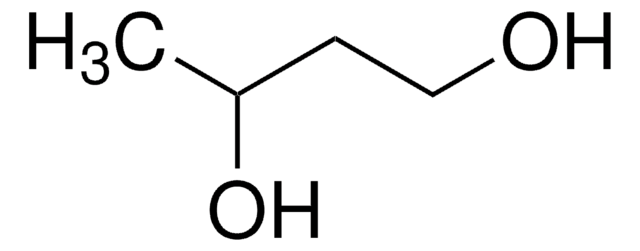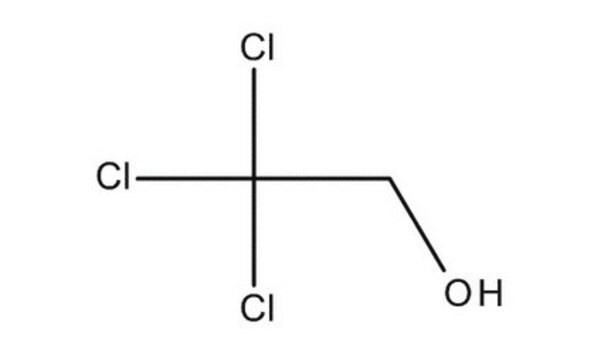おすすめの製品
蒸気密度
2.14 (vs air)
蒸気圧
0.01 mmHg ( 20 °C)
APIファミリー
diethylene glycol
自己発火温度
442 °F
expl. lim.
2-12.3 %
メーカー/製品名
USP
屈折率
n20/D 1.447 (lit.)
bp
245 °C (lit.)
mp
−10 °C (lit.)
密度
1.118 g/mL at 25 °C (lit.)
アプリケーション
pharmaceutical (small molecule)
フォーマット
neat
SMILES記法
OCCOCCO
InChI
1S/C4H10O3/c5-1-3-7-4-2-6/h5-6H,1-4H2
InChI Key
MTHSVFCYNBDYFN-UHFFFAOYSA-N
類似した製品をお探しですか? 訪問 製品比較ガイド
詳細
アプリケーション
- Propylene Glycol
- Glycerin
- Polyoxyl 40 Hydrogenated Castor Oil
- Sorbitol Solution
- Polyethylene Glycol 3350
- Maltitol Solution
- Noncrystallizing Sorbitol Solution
アナリシスノート
その他情報
シグナルワード
Warning
危険有害性情報
危険有害性の分類
Acute Tox. 4 Oral
保管分類コード
10 - Combustible liquids
WGK
WGK 1
引火点(°F)
280.4 °F - closed cup
引火点(℃)
138 °C - closed cup
適用法令
試験研究用途を考慮した関連法令を主に挙げております。化学物質以外については、一部の情報のみ提供しています。 製品を安全かつ合法的に使用することは、使用者の義務です。最新情報により修正される場合があります。WEBの反映には時間を要することがあるため、適宜SDSをご参照ください。
消防法
第4類:引火性液体
第三石油類
危険等級III
水溶性液体
労働安全衛生法名称等を表示すべき危険物及び有害物
名称等を表示すべき危険物及び有害物
労働安全衛生法名称等を通知すべき危険物及び有害物
名称等を通知すべき危険物及び有害物
Jan Code
1193265:
1193265-0.5ML:
1193265-5X0.2ML:
試験成績書(COA)
製品のロット番号・バッチ番号を入力して、試験成績書(COA) を検索できます。ロット番号・バッチ番号は、製品ラベルに「Lot」または「Batch」に続いて記載されています。
この製品を見ている人はこちらもチェック
プロトコル
99%; Glycerol, ≥99.5%; Tetraethylene glycol, 99%
ライフサイエンス、有機合成、材料科学、クロマトグラフィー、分析など、あらゆる分野の研究に経験のあるメンバーがおります。.
製品に関するお問い合わせはこちら(テクニカルサービス)









